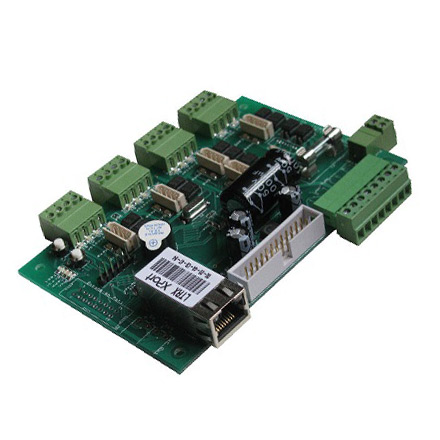

The Evolution and Importance of Reflective Glass Manufacturing
Reflective glass, with its unique ability to combine aesthetic appeal and functional benefits, has emerged as a crucial component in modern architectural design and energy efficiency. Reflective glass manufacturers play a pivotal role in this sector, creating products that not only enhance the beauty of buildings but also contribute to environmental sustainability.
Understanding Reflective Glass
Reflective glass is typically produced by applying a thin metallic coating to glass surfaces, which provides a mirror-like finish while allowing light to enter the building. This coating reflects a significant portion of solar radiation, thus reducing heat gain within indoor spaces. As climate change and energy conservation become pressing global concerns, the demand for such innovative materials has surged.
The Manufacturing Process
The production of reflective glass involves several sophisticated processes. It begins with high-quality float glass, which is made by floating molten glass on top of molten tin to create a smooth, uniform surface. Once the float glass is ready, manufacturers apply a metallic coating, usually made of silver or other reflective metals. This process can be achieved through various techniques, including magnetron sputtering or chemical vapor deposition.
After the coating is applied, the glass undergoes rigorous quality control tests to ensure it meets industry standards for reflectivity, durability, and aesthetics. The final product is then cut to size and packaged for distribution, ready to meet the demands of architects, builders, and designers.
The Role of Reflective Glass Manufacturers

Reflective glass manufacturers are not only tasked with producing high-quality products but also with promoting innovations that address contemporary challenges. They are at the forefront of research and development, seeking materials that further enhance energy efficiency and minimize environmental impact. Many manufacturers are exploring new coatings and glass compositions that improve thermal insulation while maintaining transparency and visual appeal.
Moreover, these manufacturers are essential in promoting sustainable building practices. With the global push towards greener architecture, reflective glass can significantly reduce the cooling loads in commercial and residential buildings, leading to lower energy consumption. This aligns with initiatives such as LEED (Leadership in Energy and Environmental Design), which encourages the use of sustainable materials in construction.
Market Trends and Future Prospects
The market for reflective glass is expanding rapidly, driven by increasing urbanization and a growing focus on energy-efficient building solutions. Architects and builders are increasingly opting for reflective glass not only for its practical benefits but also for its modern aesthetic, which can enhance the skyline of urban environments.
In the future, we can expect reflective glass manufacturers to further innovate with smart technologies. Smart glass, which can change its reflective and transmission properties in response to environmental stimuli, is already transforming the industry. By integrating these technologies, manufacturers can offer solutions that provide personalized comfort, such as adjusting light levels within a space based on the time of day or occupancy.
Conclusion
Reflective glass manufacturers are vital players in the intersection of architecture, design, and sustainability. Their ongoing commitment to innovation and quality production not only shapes the environment we live in but also plays a significant role in addressing global challenges such as climate change. As the industry continues to evolve, the contributions of these manufacturers will remain essential in creating buildings that are not only visually striking but also environmentally responsible. The future of reflective glass is bright, promising advancements that enhance both form and function in our built environment.